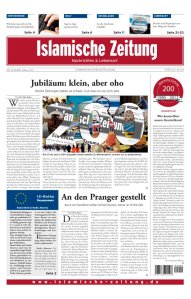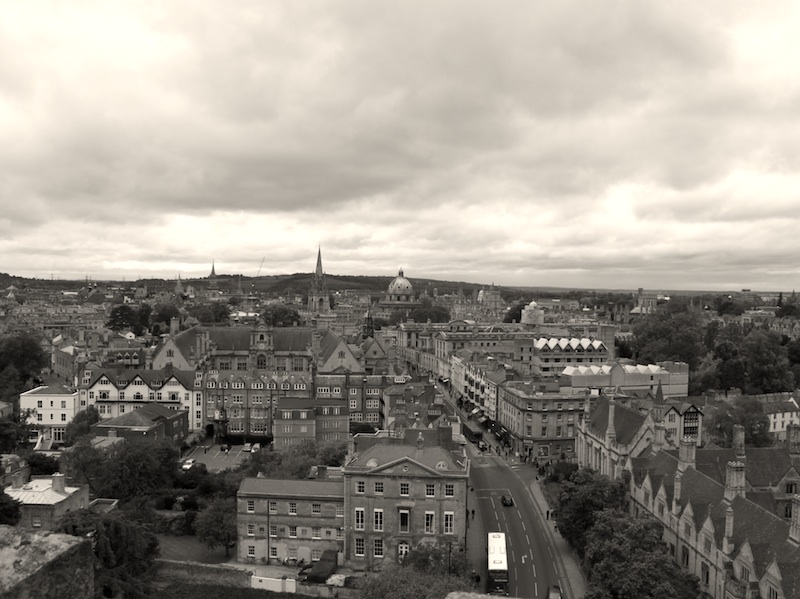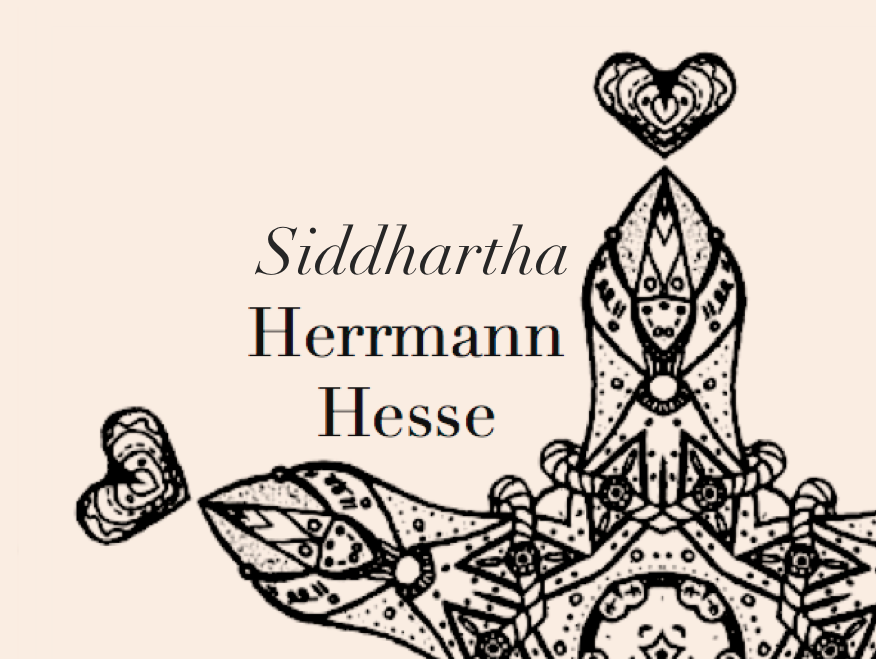Zur 200. Ausgabe der Islamischen Zeitung gratuliert Zahnräder.
 In einer Gemeinschaft sollte man einander kennen, einander helfen und gemeinsam Gutes schaffen. Doch wir leben in unseren Städten und Dörfern, Ländern und Staaten häufig aneinander vorbei. Wie können wir ein neues Miteinander schaffen, um an der Gestaltung unserer Gesellschaft mitwirken zu können?
In einer Gemeinschaft sollte man einander kennen, einander helfen und gemeinsam Gutes schaffen. Doch wir leben in unseren Städten und Dörfern, Ländern und Staaten häufig aneinander vorbei. Wie können wir ein neues Miteinander schaffen, um an der Gestaltung unserer Gesellschaft mitwirken zu können?
Eine Lösung könnte ein Zweiphasenmodell sein. In der Theorie heißt das auf der Mikro-Ebene: Wenn man jemanden trifft, soll man sich zweimal drei Fragen stellen. Erstens: Wer bin ich, wer ist mein Gegenüber und wer sind wir gemeinsam? Diese Fragen sollen dabei helfen, die Situation zu verstehen. Zweitens: Wie kann ich meinem Gegenüber helfen, wie kann er meinem Netzwerk helfen, und wie kann der Gegenüber mir helfen?
// Wissen ist kein Nullsummenspiel
Das kann jeder für sich praktizieren. Wir müssen lernen, bewusst aktiv zu helfen. Miteinander. Füreinander. Denn Wissen ist kein Nullsummenspiel. Ganz im Gegenteil. Häufig ist bestimmtes Wissen in der Gemeinschaft nur bei einigen Wenigen vorhanden. Doch durch stetigen Wissenstransfer können alle profitieren und damit das Gemeinschaftspotential anheben und wahrnehmen.
Auf der Makro-Ebene brauchen wir hierfür institutionalisierte Netzwerke, Kommunikations- und Austauschmöglichkeiten. Sie dienen als Gerüst, durch das sich „Changemakers“ kennenlernen, Ideen und Visionen austauschen und Projekte entwickeln können. Solche Netzwerke bieten eine Professionalisierung und Stärkung des Engagements auf der Mikro-Ebene an. So kann eine Gemeinschaft an der Gesellschaft mitwirken.
// Zahnräder – Ein sozialer Inkubator
Zahnräder ist ein solches institutionalisiertes Netzwerk. Eine lebenswerte, chancengerechte und zukunftsfähige Gesellschaft braucht Akteure, also Engagierte, welche diese mitgestalten. Zahnräder sucht Leidenschaft und bietet eine Plattform, durch die Human-, Sozial-, Finanz-, und Kulturkapital erworben werden kann. Zahnräder ist eine Organisation von Muslimen für die Gesellschaft. Als sozialer Inkubator ermutigen und ermöglichen wir, leidenschaftlich und sozial nachhaltig die Gesellschaft zu verändern. Extern wie intern ist Zahnräder eine Plattform des Weiterentwickelns. Indem man gibt, bekommt man. Zahnräder wandelt individuelle Energie in kollektive Bewegung um, um so die Gemeinschaft und Gesellschaft nachhaltig zu verändern.
// Dankeschön
Wir von Zahnräder gratulieren der Islamischen Zeitung an dieser Stelle zu ihrer 200. Ausgabe. Die IZ leistet monatlich in Druckform und täglich digital als Medium des Austausches und Wissenstransfers einen unschätzbar wertvollen Beitrag in der Gestaltung von Gemeinschaft und Gesellschaft. Vielen Dank!
 // Nachhaltiger Wandel
// Nachhaltiger Wandel




 Just returned from a talk by the current Turkish Ambassador to the UK. The event was under Chatham House Rules, hence I will not be able to report from it. But I will use this and previous events in the last couple of weeks as an anchor for some reflections on Turkish Foreign Policy.
Just returned from a talk by the current Turkish Ambassador to the UK. The event was under Chatham House Rules, hence I will not be able to report from it. But I will use this and previous events in the last couple of weeks as an anchor for some reflections on Turkish Foreign Policy.

 Dies ist der erste Teil von vier kurzen Blogposts zur University of Oxford:
Dies ist der erste Teil von vier kurzen Blogposts zur University of Oxford:


